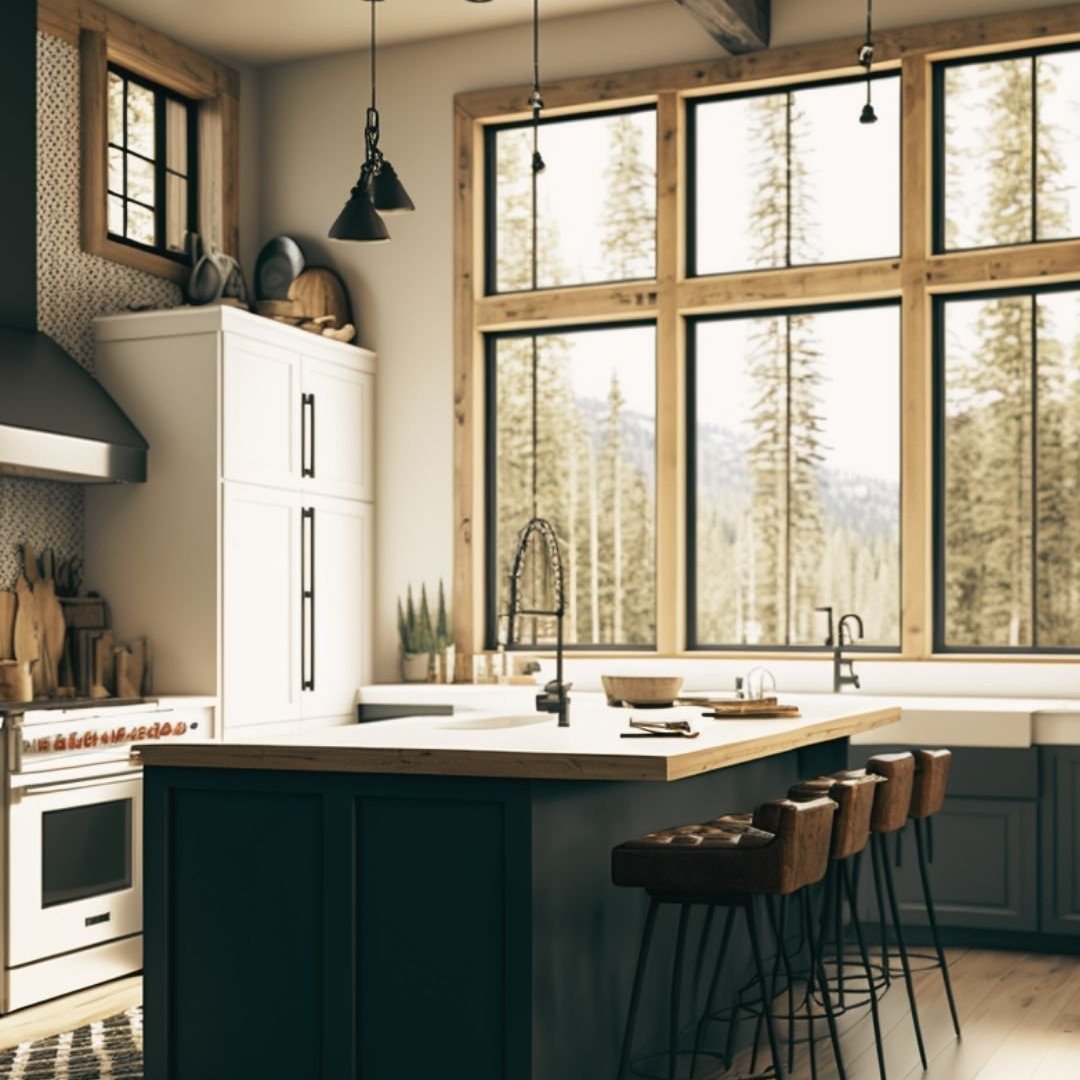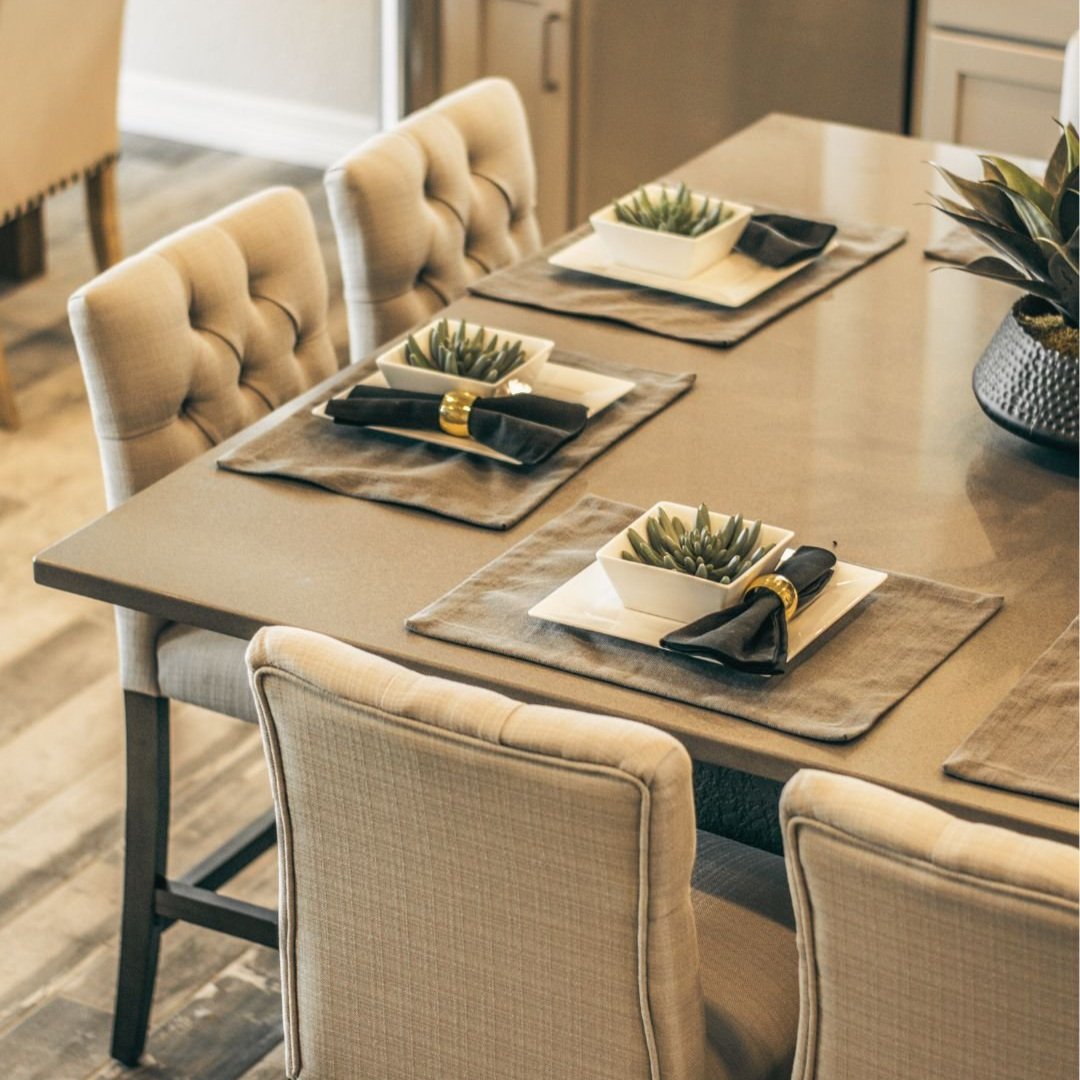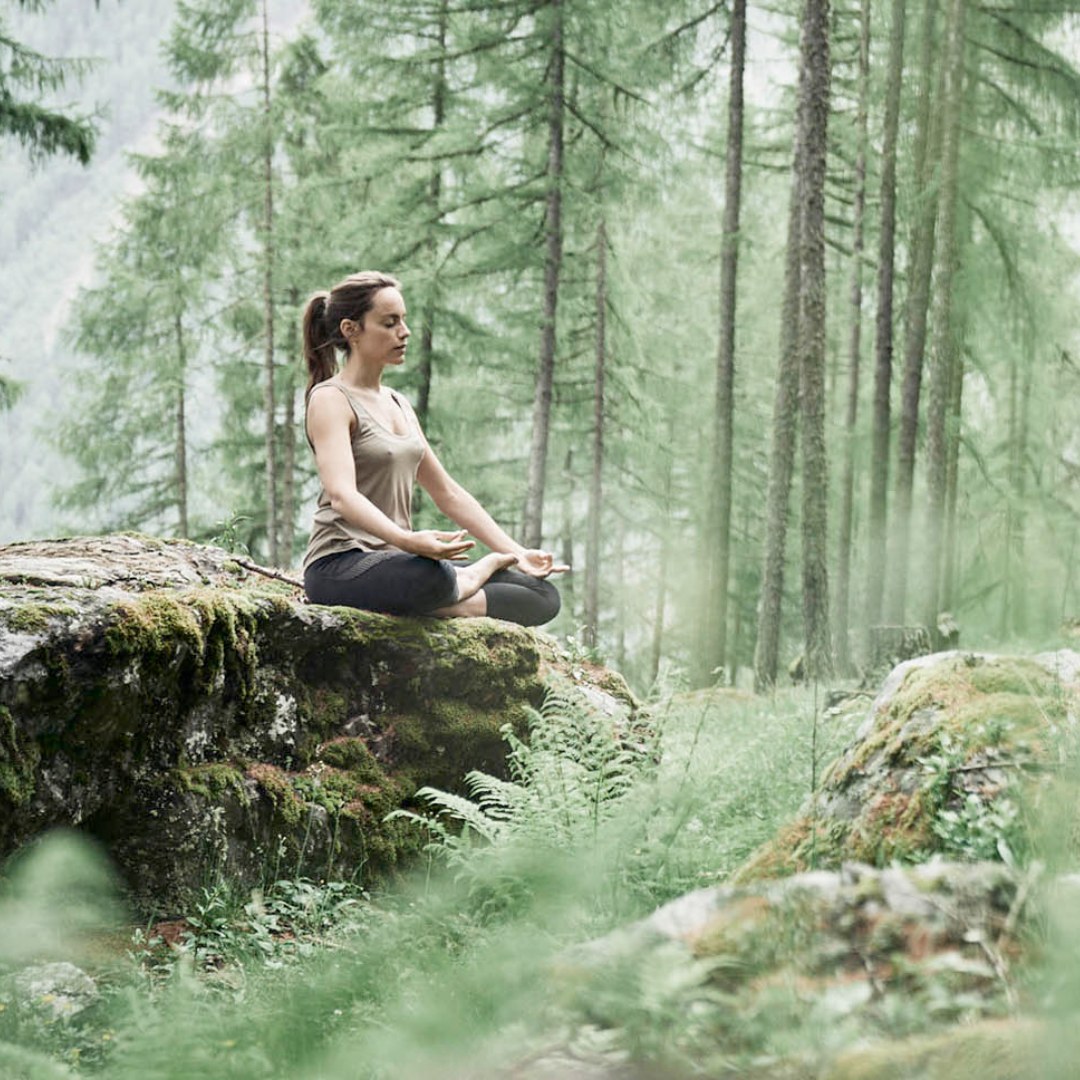Unwind by Design: Exploring the Role Interior Design Plays in Relaxation
/Finding moments of relaxation in our hectic lives is essential for our well-being. As interior designers, we have a unique appreciation for the power a space has to influence our mood and mindset. Beyond creating visually stunning environments, we have the opportunity to design spaces that promote relaxation and comfort, allowing people to unwind and rejuvenate amidst the chaos of everyday life.
The Role of Design in Relaxation:
Designing for relaxation goes beyond aesthetics; it involves thoughtful consideration of layout, lighting, color, texture, and functionality. Each element plays a crucial role in creating an environment that fosters a sense of calm and serenity.
Creating Comfortable Retreats: One of the primary goals of interior design is to make spaces feel inviting and comfortable. This means selecting furniture, fabrics, and accessories that not only look beautiful but also feel great to the touch. Plush sofas, cozy throws, and soft pillows can transform a room into a sanctuary where you can unwind after a long day.
Harnessing the Power of Nature: Biophilic design, which incorporates elements of nature into the built environment, has been shown to reduce stress and improve overall well-being. Introducing natural materials such as wood, stone, and plants into your designs can evoke a sense of connection to the outdoors, helping to create a peaceful and grounding atmosphere.
Balancing Light and Shadow: Lighting plays a crucial role in setting the mood of a space. Soft, diffused lighting can create a warm and inviting ambiance, while gentle shadows can add depth and dimension. Incorporating dimmer switches, candles, and natural light sources allows for greater control over the lighting environment, enabling you to adjust it according to your mood and needs.
Promoting Flow and Movement: Clutter and congestion can disrupt the flow of energy within a space, leading to feelings of stress and unease. By designing rooms with clear pathways and functional layouts, you can promote a sense of harmony and relaxation. Thoughtful space planning and organization solutions ensure that each area of the home serves its purpose without overwhelming the senses.
The Importance of Mindful Design:
Mindfulness has gained widespread recognition as a powerful tool for managing stress and promoting mental well-being. Mindful design embraces the principles of mindfulness, encouraging us to approach the design process with intention, awareness, and compassion.
Sensory Design: Mindful design engages all the senses, creating spaces that not only look beautiful but also feel, sound, and even smell harmonious. Paying attention to how different materials, textures, and sounds interact can enhance the overall sensory experience and create a deeper connection to the space.
Embracing Simplicity: Minimalism is a key tenet of mindful design, advocating for simplicity, clarity, and purposefulness in our surroundings. By decluttering our homes and eliminating unnecessary distractions, we can create environments that promote calmness and clarity of mind.
Cultivating Gratitude: Mindful design encourages us to cultivate an attitude of gratitude for the spaces we inhabit. Taking the time to appreciate the beauty and functionality of our surroundings can foster a greater sense of contentment and fulfillment in our daily lives.
As interior designers, we have the privilege and responsibility to shape the environments in which people live, work, and play. By embracing the principles of relaxation and comfort in our designs, we can create spaces that not only delight the eye but also soothe the soul. Whether it's through the careful selection of materials, the thoughtful arrangement of furniture, or the incorporation of biophilic elements, each decision we make has the power to enhance the quality of life for those who inhabit our spaces. So, let’s embrace the role interior design plays in promoting relaxation and comfort, and create environments that nurture and inspire us to unwind, rejuvenate, and thrive.
xx, Danae








































